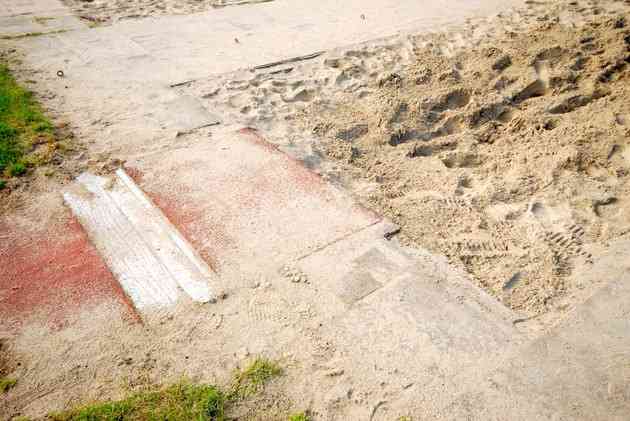How to Improve Heart & Lung Strength

The best way to improve the strength of your heart and lungs is through aerobic exercise, which is an activity that engages large muscle groups in a sustained effort that raises your heart rate and increases your breathing. During aerobic exercise, your working muscles demand more oxygen, and this prompts the heart to work harder, get stronger and increase the volume of blood it can deliver to muscles. Your lungs, meanwhile, become more efficient in delivering oxygen to the blood and removing the carbon dioxide waste. The muscle that supports your lungs, the diaphragm, gets stronger.
 Aerobic exercise will strengthen your heart and lungs. (Image: ViktorCap/iStock/Getty Images)
Aerobic exercise will strengthen your heart and lungs. (Image: ViktorCap/iStock/Getty Images)Step 1
Choose a form of exercise you enjoy; you are more likely to continue doing it long term. Some of the effects of aging affect your breathing mechanism: Bones of the chest and spine become thinner and change shape, and the rib cage becomes less able to expand and contract during breathing. Also, the alveoli, the tiny air sacs where oxygen crosses into the blood and carbon dioxide exits, get baggy. The result is lower oxygen levels in the blood, shortness of breath and an increase in the risk of pneumonia and bronchitis. Exercise greatly diminishes these and other declines brought on by age and a sedentary lifestyle.
Step 2
Determine your maximum heart rate and calculate your aerobic zone. You can estimate your maximum heart rate by subtracting your age from 220, and you can figure that your aerobic zone will be between 50 and 75 percent of your maximum heart rate. If you are 40 years old, for instance, your MHR should be around 180 beats per minute and your aerobic zone is 90 to 135 bpm. It's in this zone that your heart and lungs will benefit the most.
Step 3
Accelerate your efforts. As you get stronger, you can increase the strength of your heart and lungs by exercising at higher heart rates. Interval training -- where you repeat short bouts of exercise at a heart rate above your aerobic zone -- and tempo training -- where you exercise for a sustained period at the upper end of your aerobic zone -- help accomplish this. During these sessions, the heart beats faster and your circulatory system eventually adapts by growing more capillaries to deliver oxygen to your muscles. Your resting pulse ultimately becomes slower, a sign that your heart and lungs are stronger than before.
Step 4
Lift weights in addition to doing aerobic exercise. According to the Centers for Disease Control and Prevention, strength training done three times a week helps make the body leaner, and is important for cardiac health and aerobic capacity. You can also consider doing yoga, tai chi or Pilates. These are not considered aerobic exercise because they don't elevate the heart rate to the aerobic zone, but, according to the National Heart, Lung, and Blood Institute, they offer such health benefits as stronger posture, flexibility, balance and core strength.
Tip
Keep a log of your exercise efforts. This will help you maintain your workout regimen.
Exercise with friends. Companions can inspire you to complete workouts or to work out harder than you might exercising alone.
Monitor your heart rate while recovering after a bout of exercise. If your heart rate is still high one or two minutes after you stop exercising, it means your fitness level is not very high. However, as your heart and lungs become stronger, your recovery heart rate should drop considerably. A common recovery heart rate is 20 to 30 beats per minute slower than your workout heart rate.
You can check your heart rate by placing the tips of your first two fingers over one of the two arteries in your neck to the left or right of your Adam's apple, or on your wrist just below the base of your thumb.
Warning
Consult your physician before beginning an exercise program. Your doctor can advise you on what precautions to take and how to best achieve your exercise goals.




